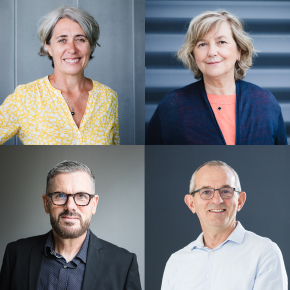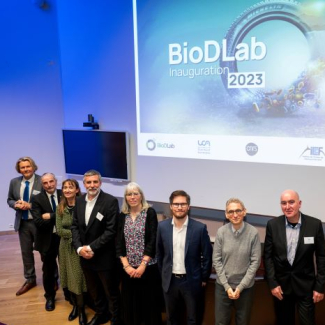
CNRS: meet the winners of the 2023 Innovation Medal
Patricia Rousselle, Marc Antonini, Jacques Gierak, and Claire Hellio are the winners of the 2023 CNRS Innovation Medal. Created a decade ago, this award honours research emerging from laboratories under CNRS supervisory authority that led to remarkable technological, economic, therapeutic, and social innovation. They will be awarded the medals on 14 November.
“Researchers who bet on technology transfer are the starting point for all innovation projects for society. It is therefore crucial to reward this voluntary effort that is born in laboratories. Winners of the Innovation Medal serve as models of inspiration for their peers,” explains Jean-Luc Moullet, the Chief Innovation Officer of the CNRS.
The medal showcases the transfer of remarkable innovation from public research to the market. It illustrates the diverse technology transfer paths that are available, all while conducting high-quality research.
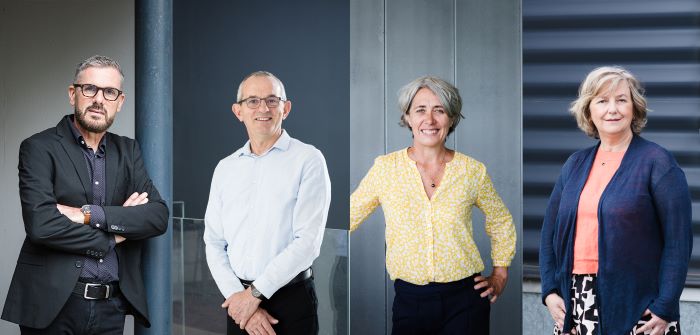
© Frédérique Plas / CNRS Images
Patricia Rousselle, molecules that regenerate skin
Patricia Rousselle specialises in the healing and regeneration of the skin. This CNRS Senior Researcher at the Laboratory of Tissue Biology and Therapeutic Engineering1 studies the dialogue between cells, the dermis, and the epidermis, as well as the proteins present within their microenvironment. She has used her research to develop treatments for severe burns, post-surgery healing, and tumours in contact with the skin.
Rousselle has synthesised, for this purpose, numerous bio-inspired molecules represented by eleven patents, which have drawn interest from the pharmaceutical and cosmetic industries. She has also pursued fruitful collaborations with Dior, Chanel, Symatèse, 3-D Matrix, Native, Nagase, and the Laboratoires d’Anjou. For example, one of the molecules she created is central to the Cébélia range of balms, recognized for their reparative, regenerative, and rejuvenating effect on skin.
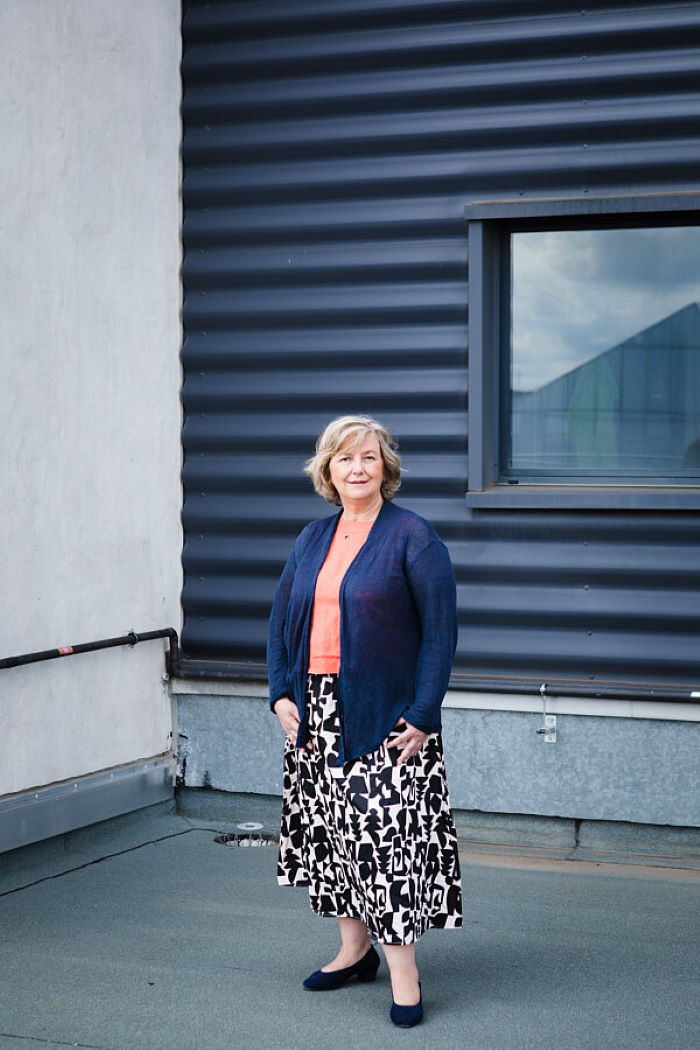
Marc Antonini, using DNA to store data
A CNRS Senior Researcher at the Computer Sciences, Signals, and Systems Laboratory of Sophia Antipolis2 , where he leads the MediaCoding team, Marc Antonini specialises in data compression, whether it involves images, videos, or 3D models. His doctoral research was used for the JPEG 2000 standard, and his early research at the CNRS, in collaboration with the CNES, was used in the onboard systems of Pléiades satellites (twin optical satellites for Earth observation). The author of thirteen patents, Antonini has collaborated regularly with various industrial actors, and co-founded the start-up Cintoo, which focuses on the capture and visualisation of 3D point clouds.
His activity has more recently turned toward synthetic DNA storage. Antonini heads the MoleculArXiv3 research programme (PEPR), with a budget of twenty million euros over seven years to develop this technology of the future. He also took part in the OligoArchive European programme. In connection with this same topic, Antonini co-founded the start-up PearCode, and directs the conception of JPEG DNA, an image compression standard adapted for DNA.
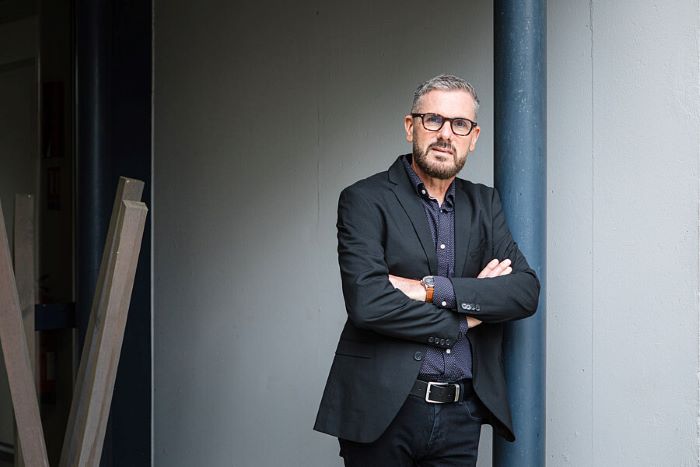
Jacques Gierak : controlling ions for space and nanofabrication
Jacques Gierak is a global expert in focused ion beams (FIB). His research has led to applications in space propulsion, offering exceptionally stable, durable, and controllable ion sources. Conducted in collaboration with the CNES and Airbus Defence and Space, his research led to the founding of Ion-X, a start-up specialising in the propulsion of small satellites.
This CNRS research engineer is responsible for the instrumentation platform and ion sources at the Centre for Nanosciences and Nanotechnologies4 . He has also worked on nanofabrication via focused ion beams. He used his many patented advances to notably conceive the FIB Nanowriter tool, which can structure graphene—a material consisting of a single layer of carbon atoms—whose properties could have applications in aeronautics, medicine, telecommunications, and energy production.
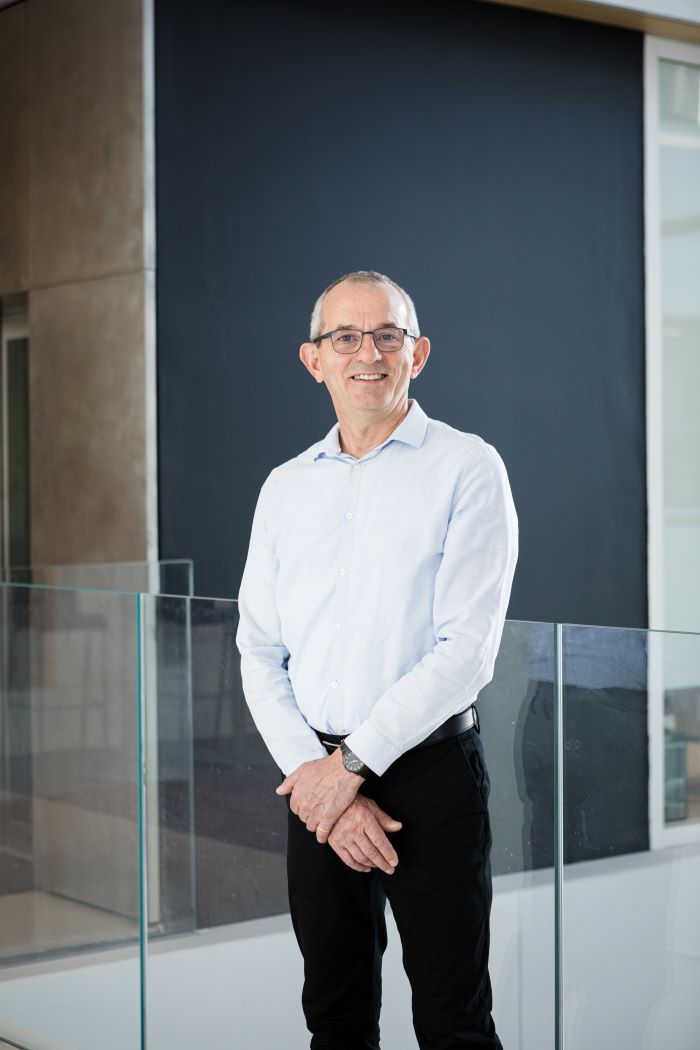
Claire Hellio, taking inspiration from natural molecules for environmentally-friendly products
Claire Hellio develops innovative bio-inspired solutions using active molecules produced by algae and microorganisms. Conducted at the Laboratory of Environmental Marine Sciences5 this technology transfer endeavour—at the intersection between chemistry, biology, biochemistry, and ecology—is notably being carried out via the Biodimar bioprospecting platform, which is directed by this professor.
Her team responds to the issues and R&D needs of industrial actors by developing specific biotests and innovative biotechnological solutions based on natural substances of marine origin. The applications primarily involve cosmetics (antioxidants and preservatives) and antifouling coatings (protecting a ship’s hull from colonisation). These solutions are made as environmentally-friendly as possible. This collaboration with companies took, for instance, the form of a joint laboratory named BiotechALg in partnership with Green Sea, a European leader in the production of microalgae.
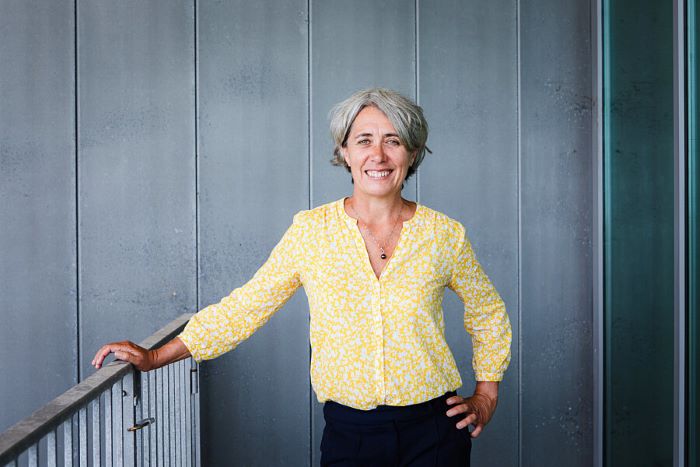
Additional photographs of the winners and their teams are available for the press upon request.
